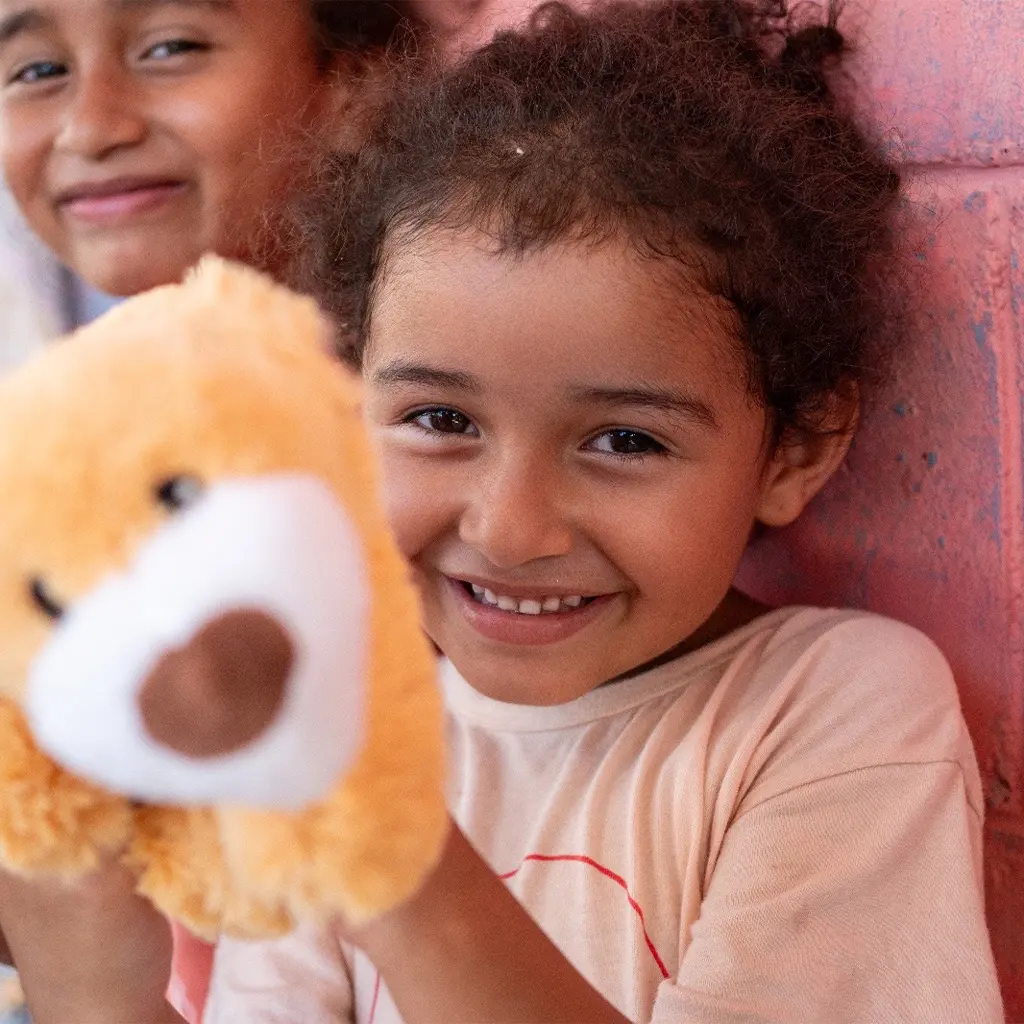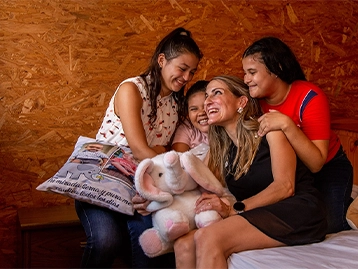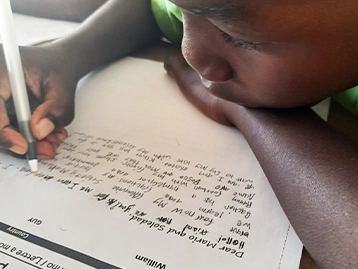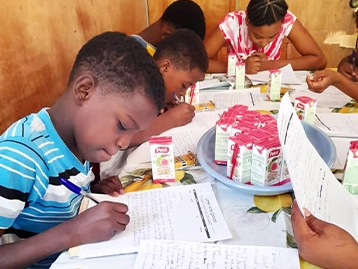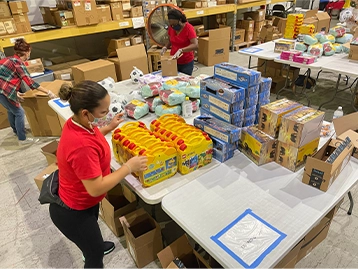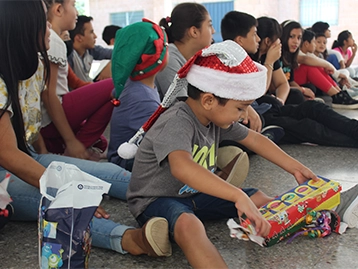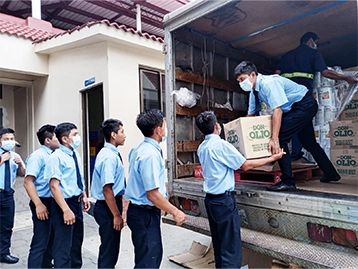THE STREET CHILDREN CRISIS IN LATIN AMERICA
In Latin America, extreme poverty is a primary driver of child abandonment, forcing families into heartbreaking decisions when they cannot meet basic needs like food, shelter, healthcare, or education. This crisis is often worsened by domestic violence and unsafe living conditions, leaving many children with no choice but to live on the streets. Known as “children of the street,” these minors survive without family support or adult care, making them extremely vulnerable to abuse, exploitation, and violence. They sleep in public places—parks, alleys, under bridges, or in abandoned buildings—and form informal communities for safety. However, they remain exposed to crime, and street violence.
To survive, these children turn to informal or dangerous work such as begging, selling small goods, shining shoes, or collecting recyclables, and some are forced into theft or prostitution. Substance abuse, especially glue sniffing, is common as a way to dull hunger and trauma. They suffer from malnutrition, untreated illnesses, and are at high risk of physical and sexual abuse, trafficking, and gang recruitment. Girls, in particular, face greater risks of exploitation and early pregnancy. In the Northern Triangle countries—El Salvador, Honduras, and Guatemala—the situation is especially dire, with poverty, violence, and social instability pushing thousands of children onto the streets. Cities like San Salvador, Tegucigalpa, and Guatemala City are home to many of these forgotten children, who are left to navigate life alone in one of the most dangerous and neglected environments in the region.

